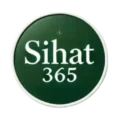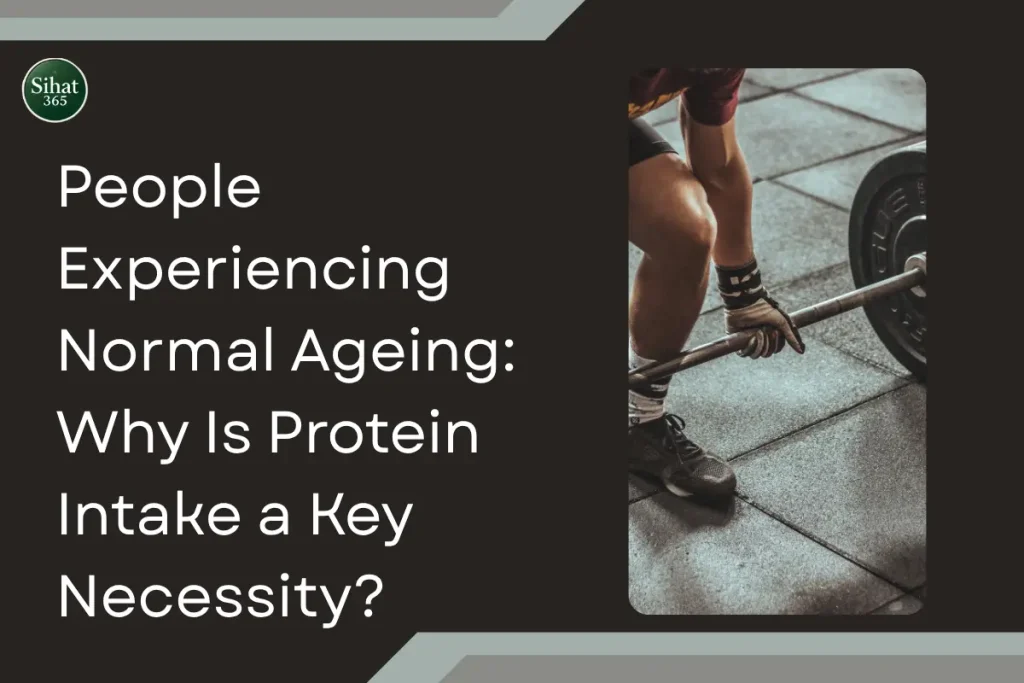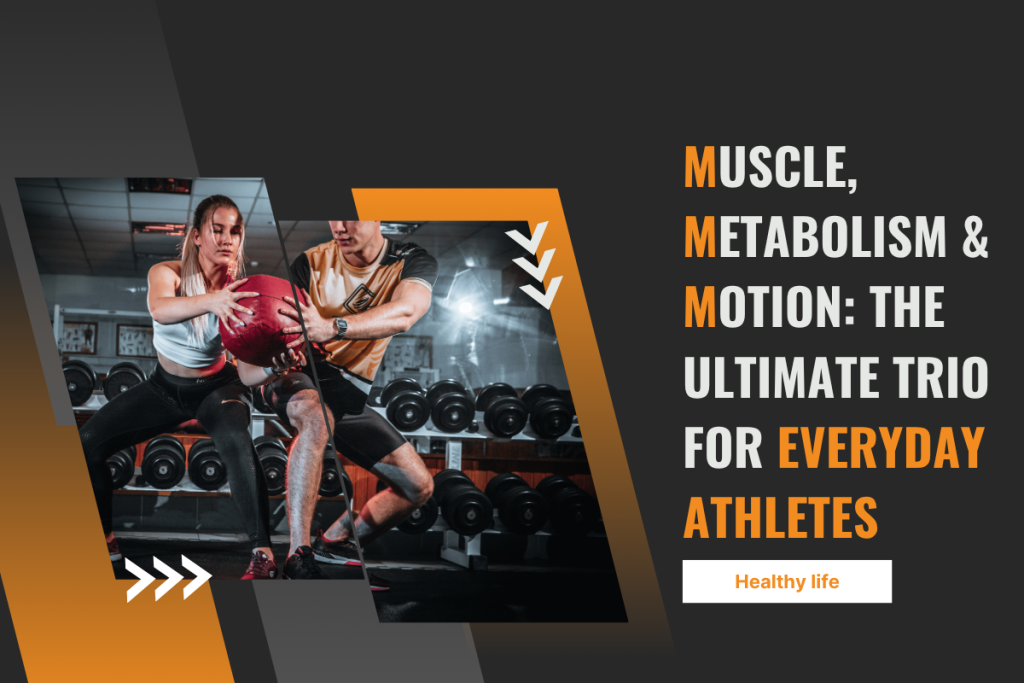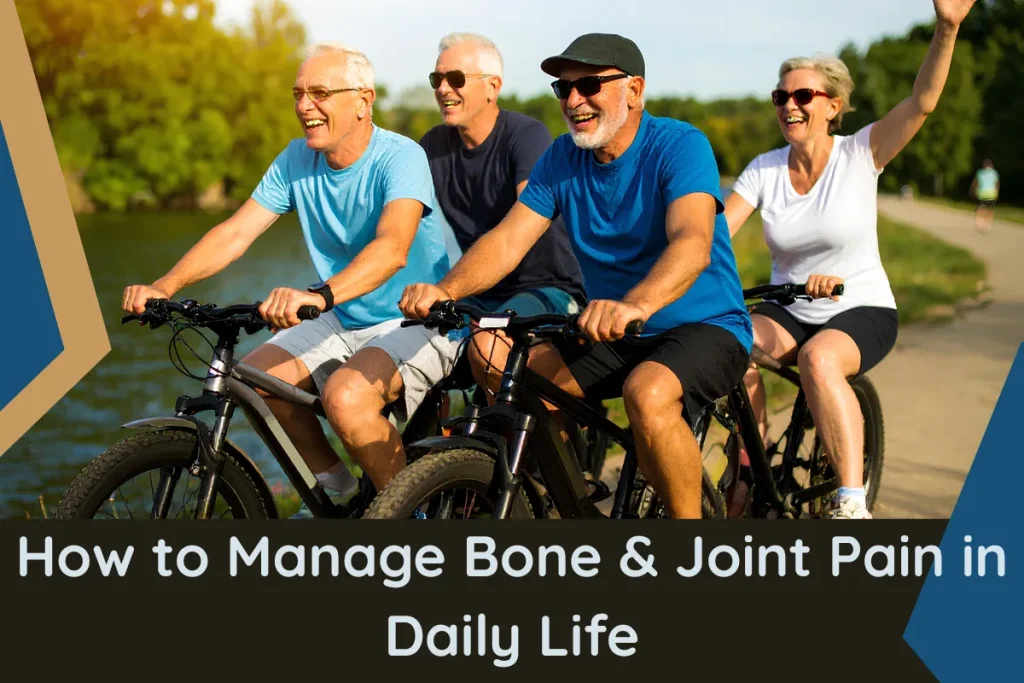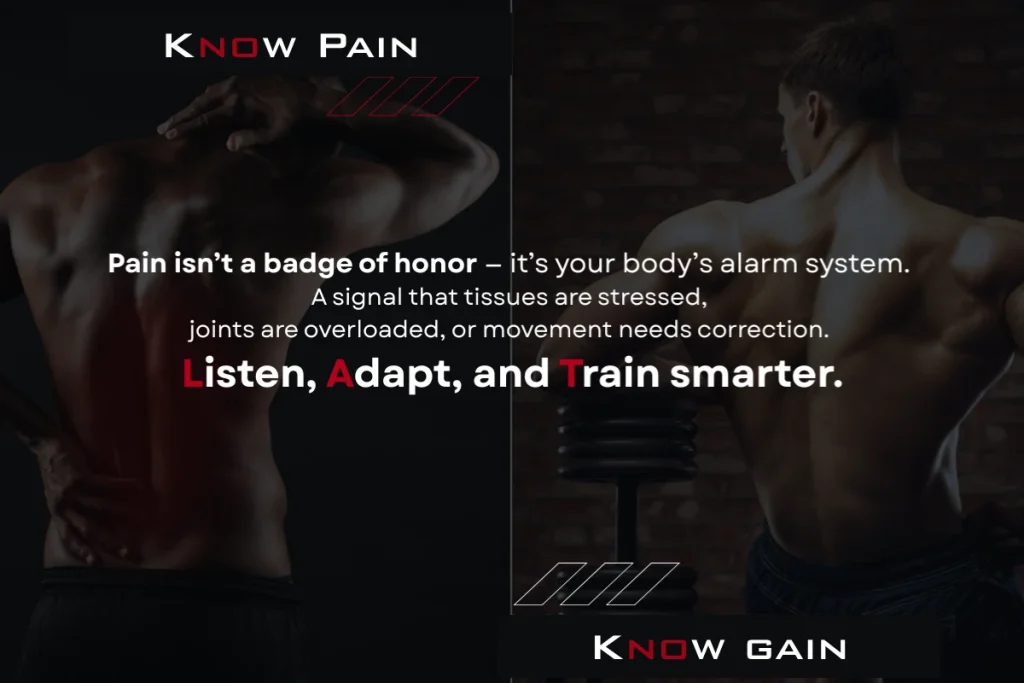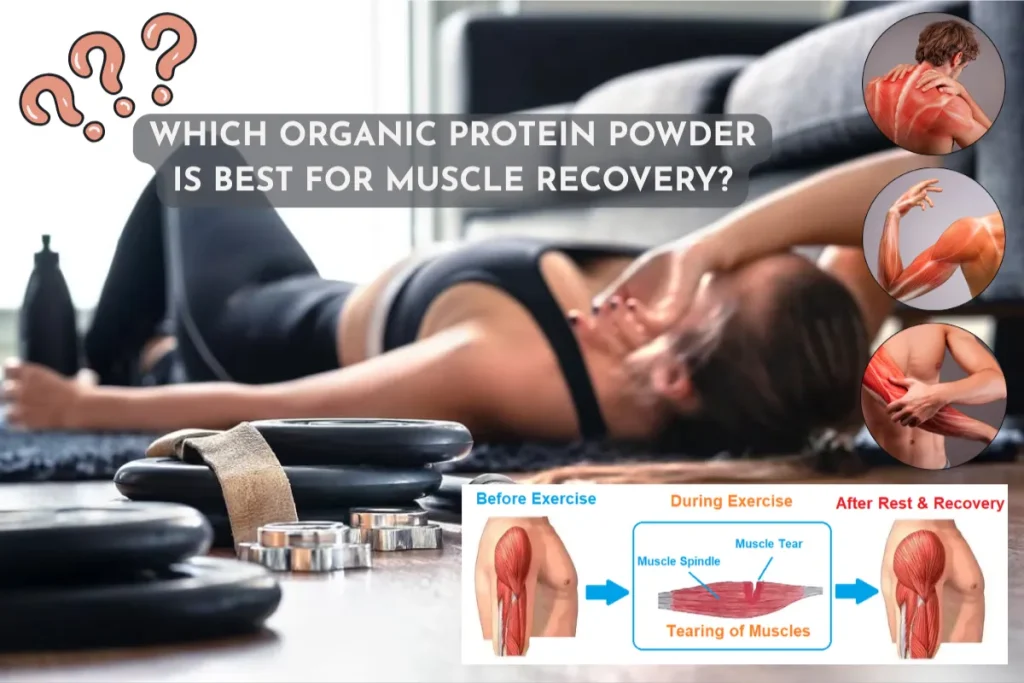People Experiencing Normal Ageing: Why Is Protein Intake a Key Necessity?
You don’t have to hit a milestone birthday to start noticing changes. Maybe it’s the slower recovery after a long walk, the occasional “snap-crackle-pop” when you stretch, or just the feeling that your energy doesn’t bounce back quite like it used to. It’s nothing drastic. You still feel like yourself, just a version that’s slightly more aware of your body’s limits than you were a decade ago. And that’s okay. It’s called normal ageing, and it happens to literally everyone. But here’s the part that often gets overlooked: your nutritional needs evolve too. And one thing that quietly becomes more important than ever? Protein. Not just for gym-goers or fitness buffs. But for anyone who wants to feel stronger, recover faster, and keep moving with ease even as the years stack up. Normal Ageing Isn’t a Crisis, But It’s a Shift You don’t wake up one day suddenly “old.” Ageing happens in small, subtle shifts: You feel a bit stiffer getting out of bed Your workouts leave you more sore than energized You take longer to bounce back from minor colds or muscle tweaks Even carrying groceries or lifting a backpack feels different These aren’t problems. They’re signals. Your body’s just letting you know that its internal systems, like muscle maintenance, metabolism, and repair need a little more support now. And protein is one of the best ways to give your body that backup. The Quiet Role of Protein in Your Everyday Life When people think of protein, they often picture big tubs of whey, bodybuilders, or diet charts. But protein isn’t just for people trying to bulk up. It’s for everyone, especially those who want to keep feeling capable as they age. Here’s what protein quietly does for you every day: Helps repair tissues and muscles Maintains muscle mass (which naturally declines with age) Keeps your metabolism active and efficient Supports healthy hair, skin, nails, and even immune function Reduces post-activity soreness and helps you recover faster And here’s the catch: as you age, your body becomes less efficient at using the protein you eat. That means you need more of it consistently. So, Are You Getting Enough? Many adults assume they’re meeting their protein needs just by eating regular meals. But research shows that a lot of people, especially those beyond 35, actually fall short. Why? Skipped breakfasts Light lunches or carb-heavy dinners Less appetite for meat or heavy meals No dedicated post-activity recovery nutrition The result? Slower muscle repair, reduced strength, and that feeling of general sluggishness that sneaks up on you. That’s why supplementing with a clean, easy-to-digest protein source can make a big difference, even if you’re not working out daily. Making It Easy: Protein That Works for Your Lifestyle Here’s the tricky part: even when we know we need more protein, actually getting it can feel like a task. Not everyone’s eating eggs and chicken three times a day. And not everyone wants to. Especially if you’re juggling work, family, errands, and maybe trying to move a little more, protein often gets forgotten. That’s why some people look for something they can trust, something they don’t have to think too hard about. For example, a plant-based protein like Pure Nutrition Pea Protein Isolate. It’s the kind of thing that fits into your life, not the other way around. Made from 100% yellow peas, rich in amino acids Delivers over 25g of protein per serving Includes BCAAs to help preserve and rebuild lean muscle Dairy-, soy-, and gluten-free, making it easy to digest Neutral in flavour, easy to mix into shakes, oats, or soups You’re not drinking it to bulk up. You’re drinking it so your muscles have something to work with, so your body can keep doing what it’s already trying to do. Because getting older doesn’t mean doing less. It just means fuelling smarter. It’s Not Just About Muscles, It’s About Movement You know that moment when you stand up after sitting too long, and your knees don’t quite agree with the decision? Or when your shoulders feel stiff for no real reason? That’s not weakness; it’s just the body saying, “Hey, I could use a little help here.” Movement starts to feel different with age, not because you’re less capable, but because your body is balancing more wear and tear. Supporting joint comfort becomes less about pain relief and more about staying in rhythm. This is where daily omega support can quietly play a role. Something like Vlado’s Himalayan Organics Vegan Omega 3, 6, 9 with DHA (560mg) offers that background support your joints, brain, and energy systems quietly depend on. Contains 560mg of DHA from plant-based algal oil Includes a complete Omega 3, 6, and 9 blend for balanced inflammation support Helps with joint flexibility, cognitive clarity, and energy regulation 100% vegan and fish-free, with no unpleasant aftertaste Gentle on digestion and free from common allergens It’s not dramatic. It’s not instant. But over time, it helps your body feel more like… your body. Mobile. Balanced. A little more cooperative. The “Bounce-Back” Layer Most People Miss Let’s talk about recovery; not just from workouts, but from daily wear and tear. That sore back after a long drive. The heavy legs after climbing stairs. The creaky knees after kneeling down. Recovery is your body’s way of saying, “Give me something to work with.” And that “something” is often: A good night’s sleep Hydration and nutrient-dense meals Protein to rebuild tissue Healthy fats to reduce inflammation Movement that restores instead of exhausts Pairing light stretching or evening walks with gentle nutritional support helps your body feel like itself again. Not younger. Just better supported. You Don’t Have to Feel Worn Out to Deserve Support Here’s the thing: you don’t need to feel broken to start taking care of yourself. Protein and omega support aren’t reserved for athletes or people with medical conditions. They’re for anyone who wants to move through life with a little more strength, energy, and ease, especially as the
People Experiencing Normal Ageing: Why Is Protein Intake a Key Necessity? Read More »
